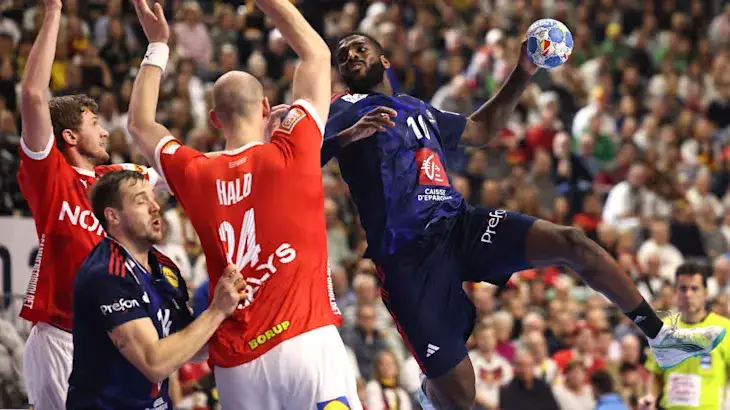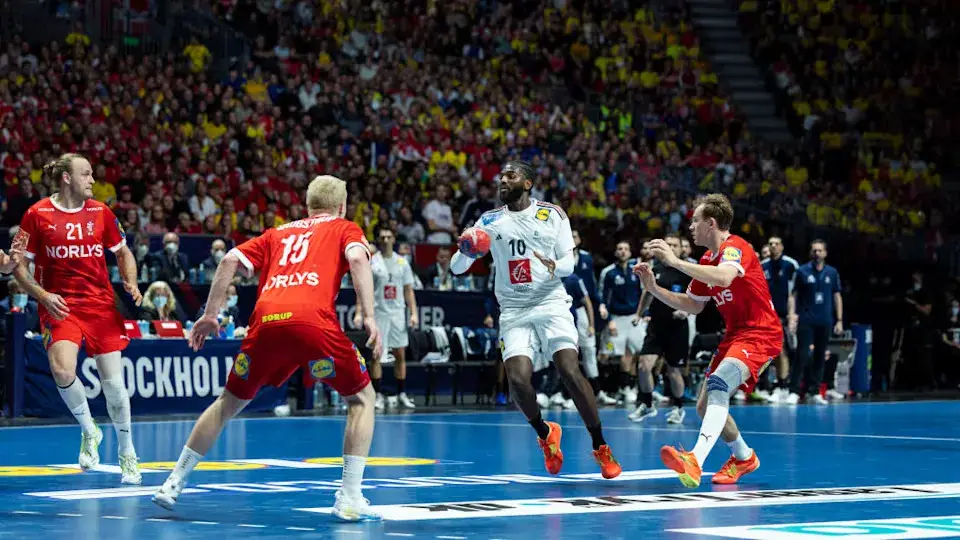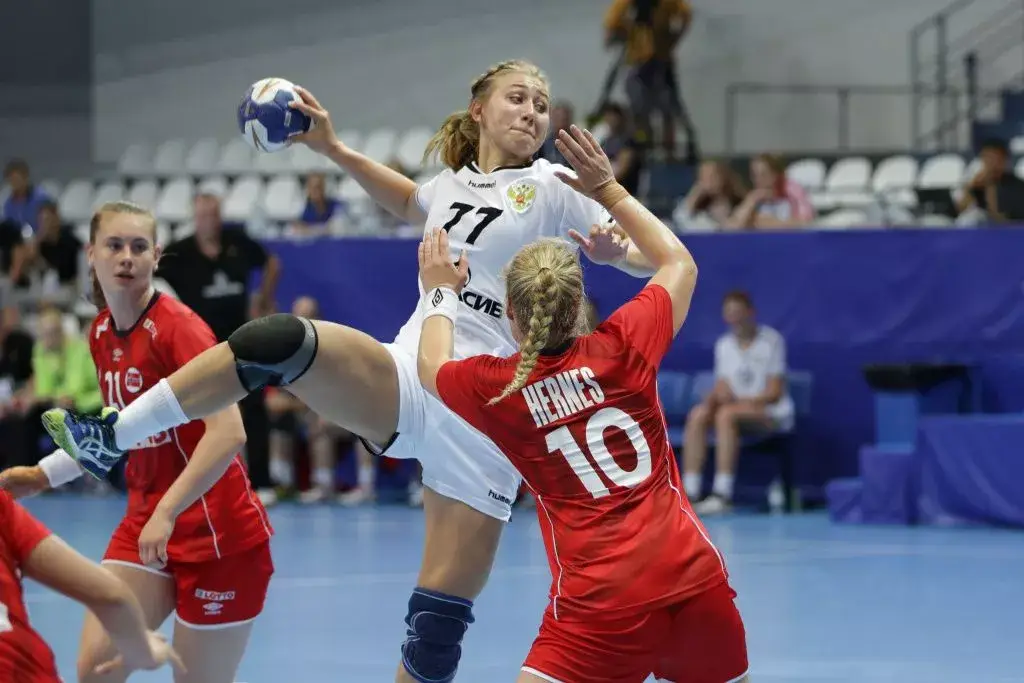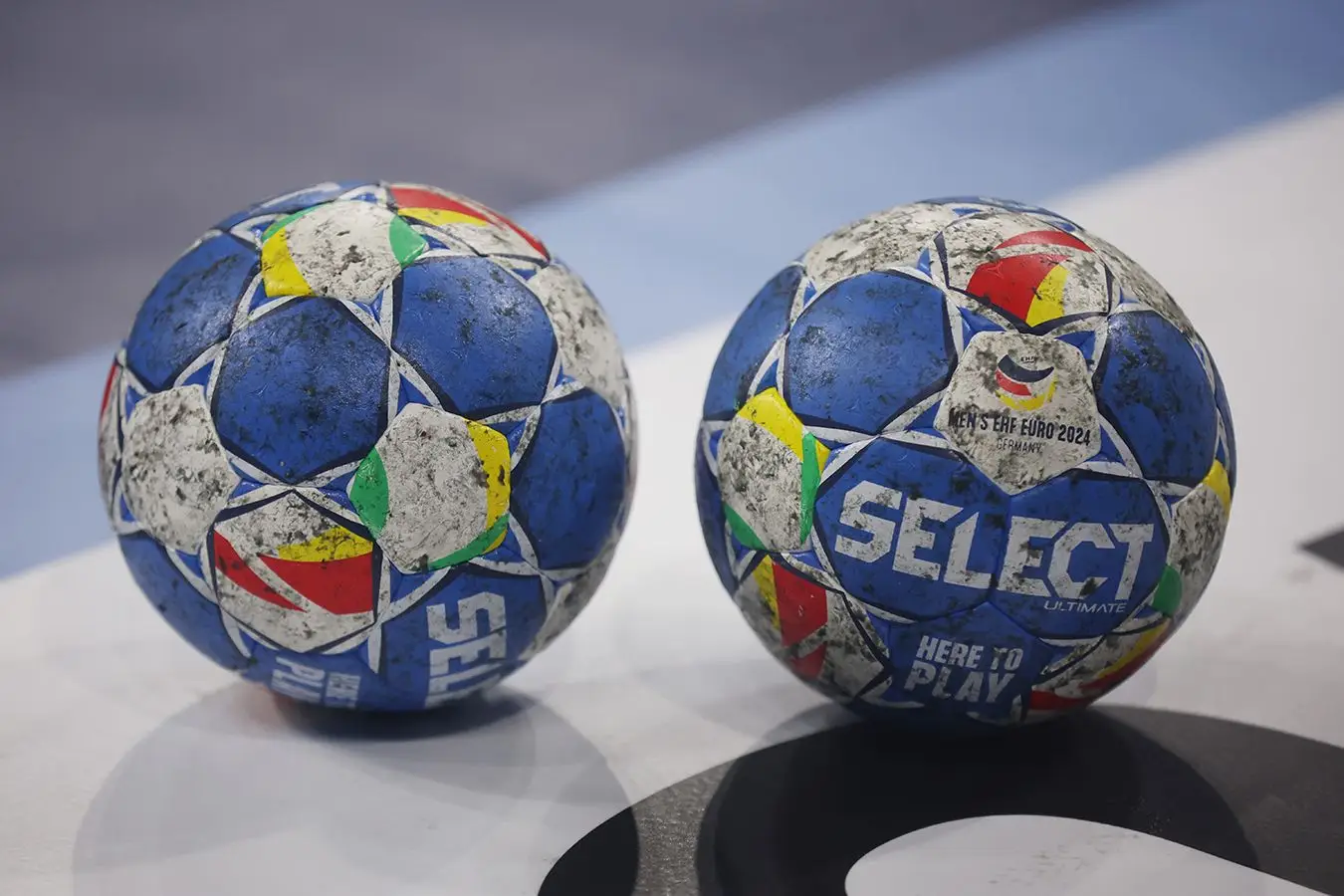The European Handball Championship is one of the most important tournaments in the world, bringing together millions of fans, top players, and national teams from all over the continent every year. Its creation was not only a further step in the development of the sport, but a historic event that laid the foundation for the popularisation of handball in Europe. The tournament combines competitive spirit, tactical depth and cultural heritage. Every match is an exciting confrontation that holds the attention of the viewer from start to finish.
History of the creation of the European Handball Championship
The story begins in 1991, when the European Handball Federation (EHF) decided to create its tournament to highlight the sporting achievements of the best national teams. The first final of the men’s tournament was held in Portugal in 1994. The debut tournament involved twelve teams, and the Russian team emerged as the winner. This marked the beginning of a new era, in which handball conquered the hearts of millions of people.
Early stages of development
In 1996, the first women’s championship was held in Denmark. The national team immediately showed the highest level of preparation and won the championship title. The tournament format was designed from the beginning to qualify, so that the very best could compete in the final phase.
How often is the European Handball Championship held?
The European Handball Championship has been held every two years since the beginning of its history. This regular schedule keeps the audience interested and gives each team enough time to prepare. The clear cycle of events underlines the importance of the tournament and its place in the international sporting calendar.
Implementation phases
The event consists of several phases, each of which is strictly regulated:
- Qualification: Teams from different countries compete for the right to reach the final phase.
- Group phase: 24 teams are divided into groups, with the strongest teams advancing to the next round.
- Play-offs: phases with quarter-finals, semi-finals, and the final.
The next tournament will take place in Germany in 2024, where thousands of fans will once again gather in the stands.
Host city
The choice of host countries and cities for the tournament will be based on their infrastructure, historical significance and the convenience for spectators. Germany has already hosted the championship three times, and in 2024 the organisers want to raise the bar even higher.
The best teams in the history of the European Handball Championship
 Since its inception, the European Handball Championship has become a battleground for the best national teams. Legendary matches and exceptional players and coaches have created a unique history that inspires a new generation.
Since its inception, the European Handball Championship has become a battleground for the best national teams. Legendary matches and exceptional players and coaches have created a unique history that inspires a new generation.
Ranking of the best teams:
- France – 3 championship titles. The team is known for its tactics and great players, such as Nikola Karabatic.
- Spain – 2 victories, multiple finals.
- Denmark – Thanks to a combination of strength and speed, it has achieved success, including two victories in 2008 and 2012.
Important coincidences:
- 2010 final: France defeated Croatia 25-21, consolidating its favorite status.
- 2016 match: Norway vs. Hungary, record number of goals (39:37).
Rules for holding the European Handball Championship
The tournament regulations set out clear rules that guarantee a level playing field for all participants. The final phase is played in a round-robin format, meaning that each team plays a minimum of three matches.
Basic tournament rules:
- Duration of matches. Each match consists of two halves of 30 minutes. There is a 10-minute break between halves to allow athletes to recover.
- Team composition. Each team may enter a maximum of 16 players, including two goalkeepers. There are seven players on the pitch at all times: six field players and one goalkeeper.
- Equipment requirements. Teams must use approved sports equipment that meets the standards of the European Handball Federation.
- Use of video replays. Video replays are used to analyse controversial moments. This technology minimises errors by judges and ensures the impartiality and transparency of the results.
- Sanctions. Players may receive warnings, a two-minute suspension or disqualification if they break the rules. This provides an extra dose of discipline and tactical depth.
Technological innovations
Modern technologies have become an integral part of the tournament, enhancing the spectacle and improving referee accuracy.
- Video replay system. Referees have the ability to view key incidents in real time, which is especially important when determining goals or fouls.
- Electronic match protocols. All match data, including player and team statistics, are recorded in electronic systems. This makes it easier for coaches, media and fans to analyse results.
- Player performance trackers. Special devices allow data to be collected on the speed, distance and effectiveness of each player’s actions. This provides coaches with additional tools for strategic planning.
European Handball Championship winners and records
Each European Handball Championship opens a new chapter in the history of the sport, marked by unique records and achievements. The winners not only receive a trophy, but also become role models for young athletes. They demonstrate the highest level of training, tactical skills and physical endurance.
Winners of the past years:
- The Spanish team confirmed its reputation as one of the strongest in the world by brilliantly passing all stages of the tournament and beating Croatia in the final 22-20. The victory was a repeat of the success of 2018, which confirmed Spain’s status as one of the leaders in European handball.
- The Swedish team is back at the top after twenty years. In the final, which took place in Hungary, the team defeated Spain 27-26. The decisive goal came in the last seconds and became a symbol of perseverance and team spirit.
Tournament records:
- The most titles. France holds the record with 3 victories. These successes were possible thanks to the team’s strategy and its excellent players, including Nikola Karabatic.
- The most productive player. Kiril Lazarov from North Macedonia is still the leader in the number of goals scored in a single tournament. In 2012, he set a record with 92 goals, which remains unmatched to this day.
- Record attendance. The 2020 final attracted more than 20,000 spectators to the Tele2 Arena in Stockholm, a tournament record.
Conclusion
 Each European Handball Championship tournament creates not only sporting history, but also cultural history. Winners become icons, records inspire new players and fans make the event unique. The tournament remains one of the most prestigious events for showing team spirit, skill and sportsmanship, and thus strengthens the love for handball all over the world.
Each European Handball Championship tournament creates not only sporting history, but also cultural history. Winners become icons, records inspire new players and fans make the event unique. The tournament remains one of the most prestigious events for showing team spirit, skill and sportsmanship, and thus strengthens the love for handball all over the world.
 en
en  ru
ru  de
de  ar
ar  es
es  nl
nl  hi
hi  fr
fr  it
it  pt
pt  el
el 










